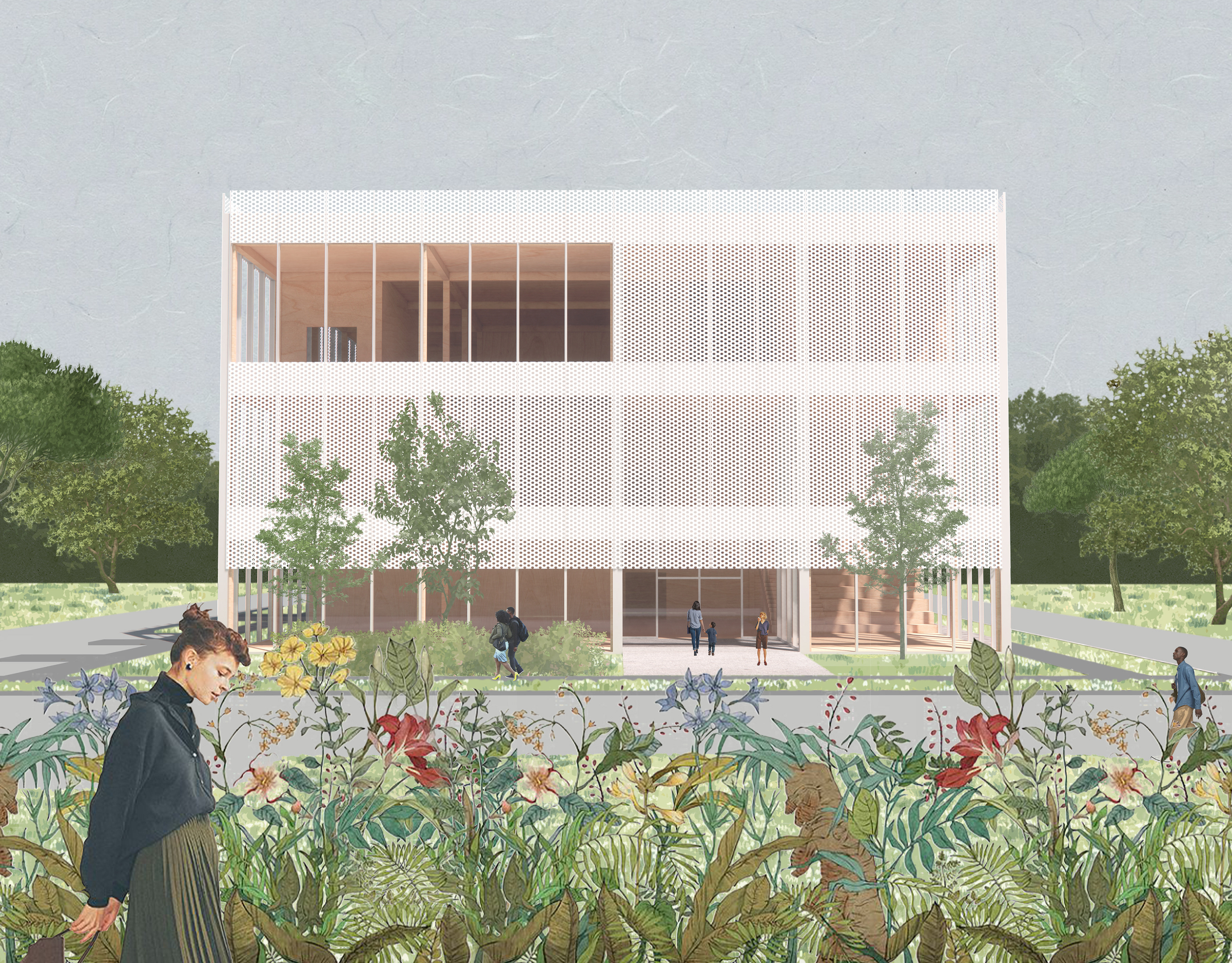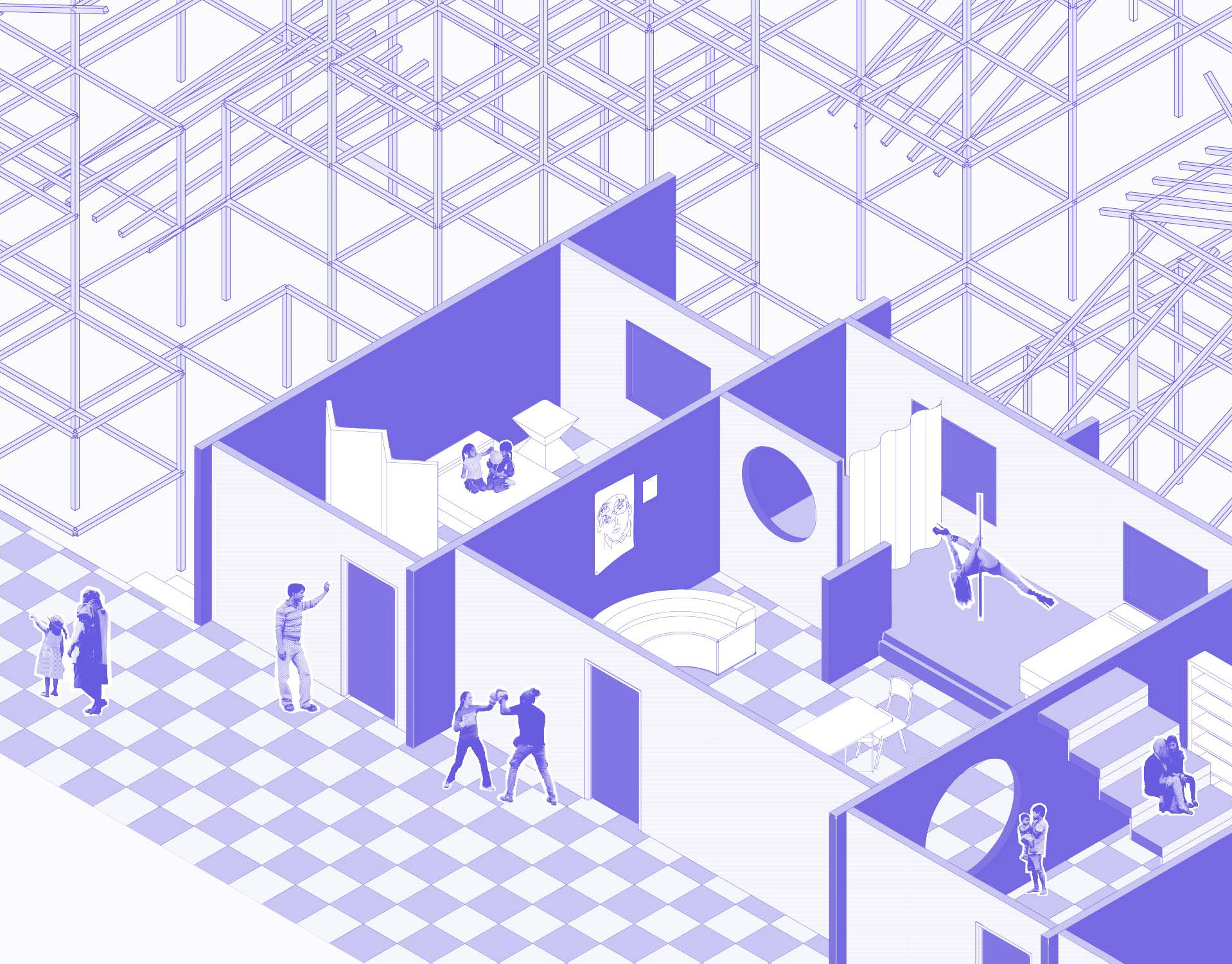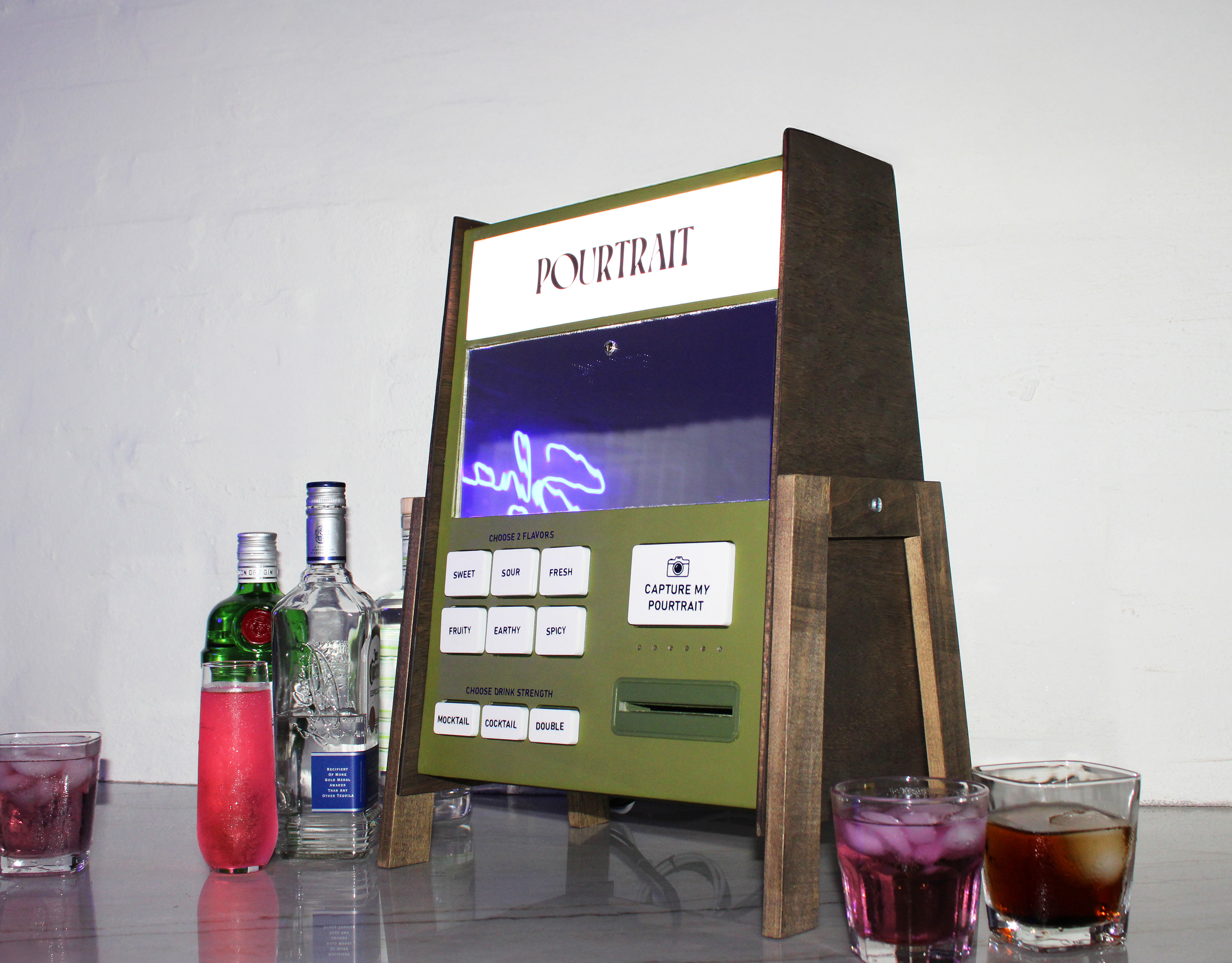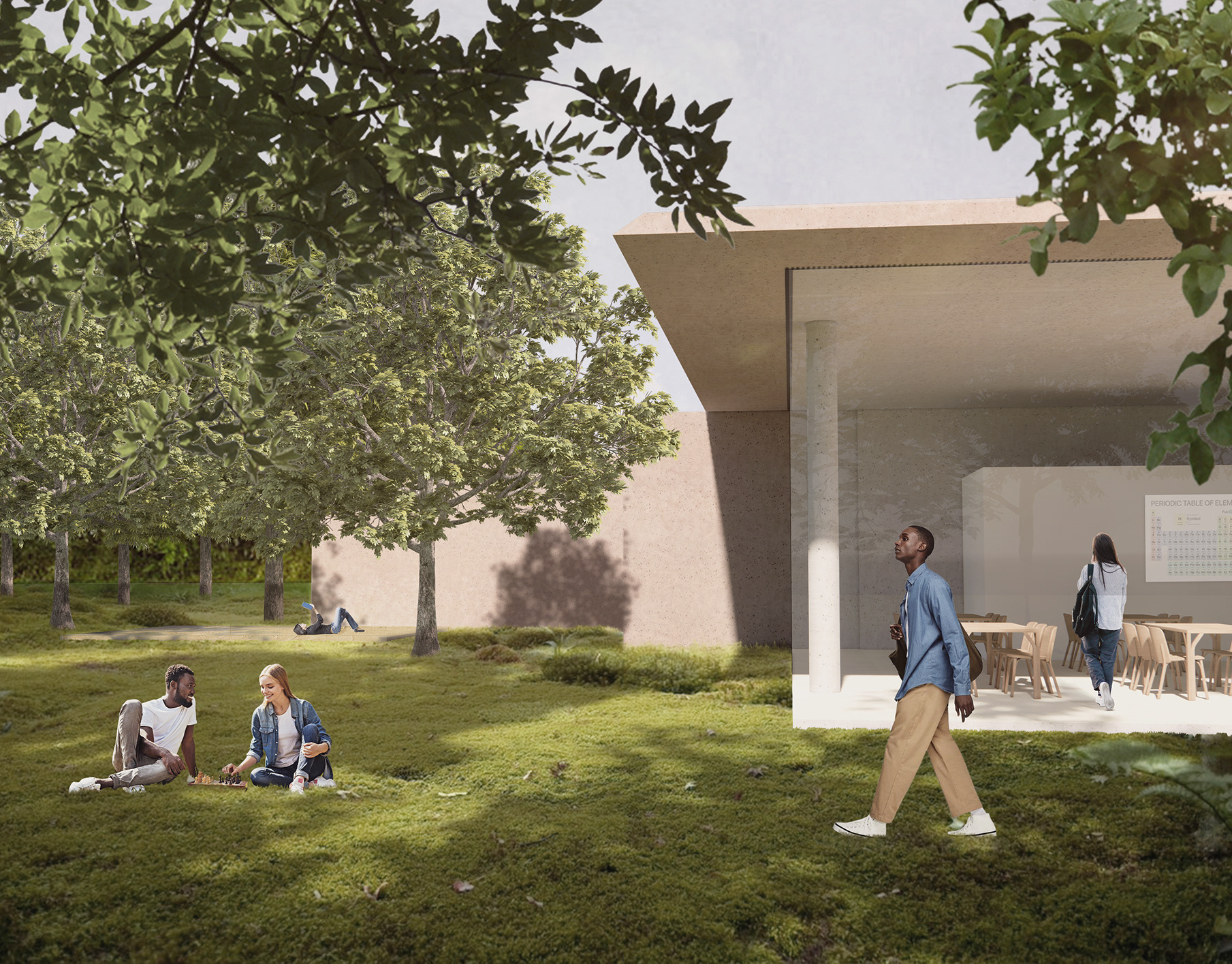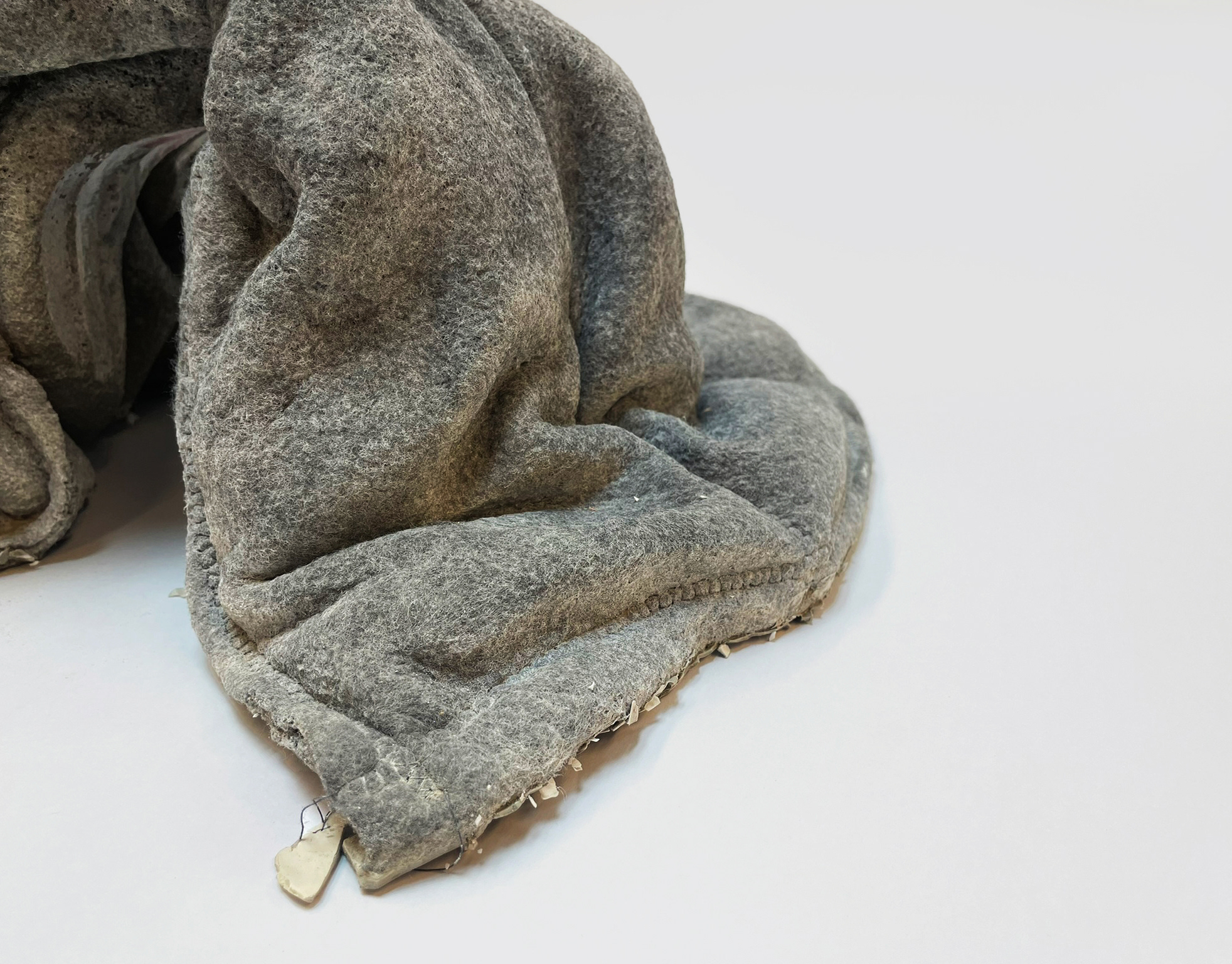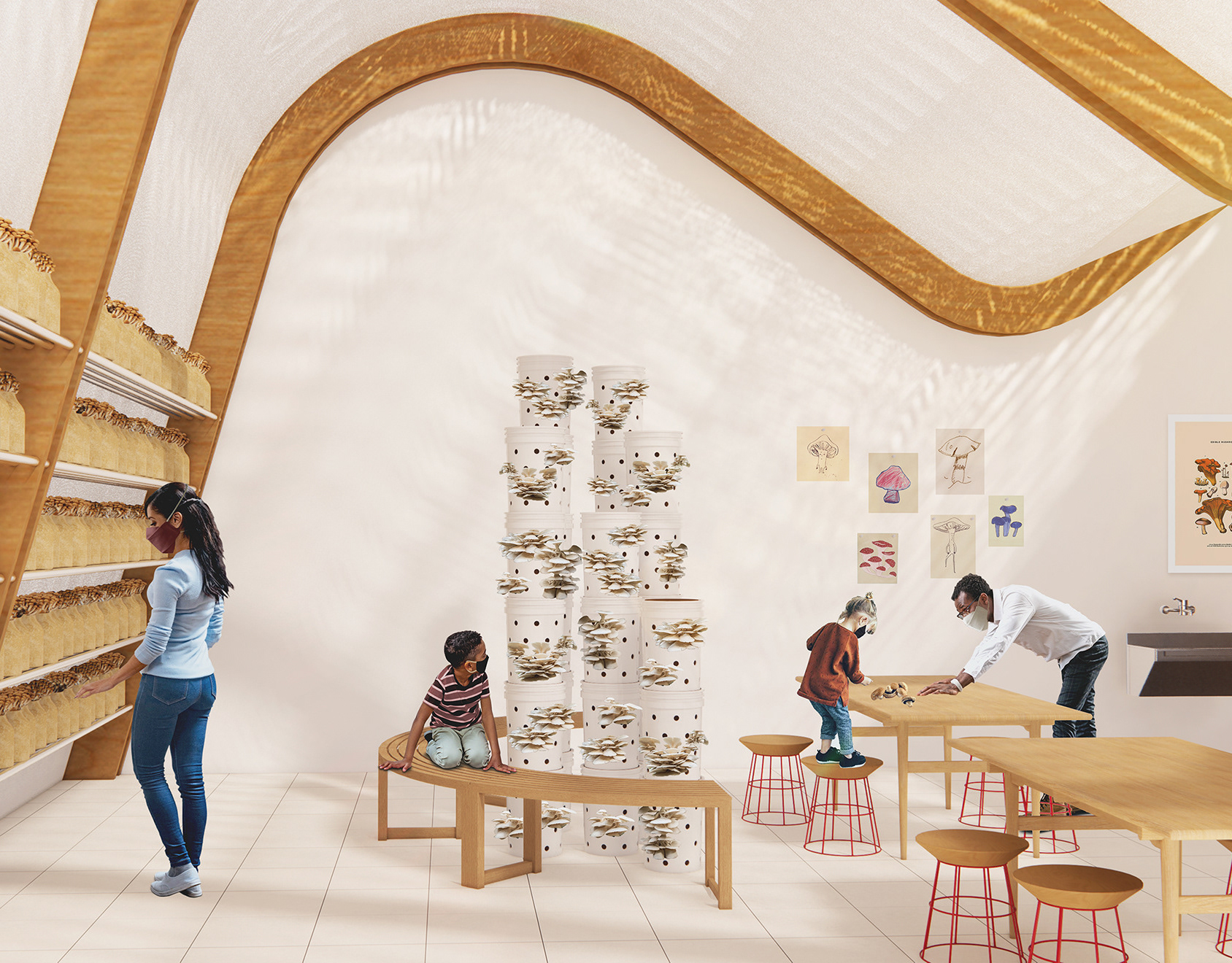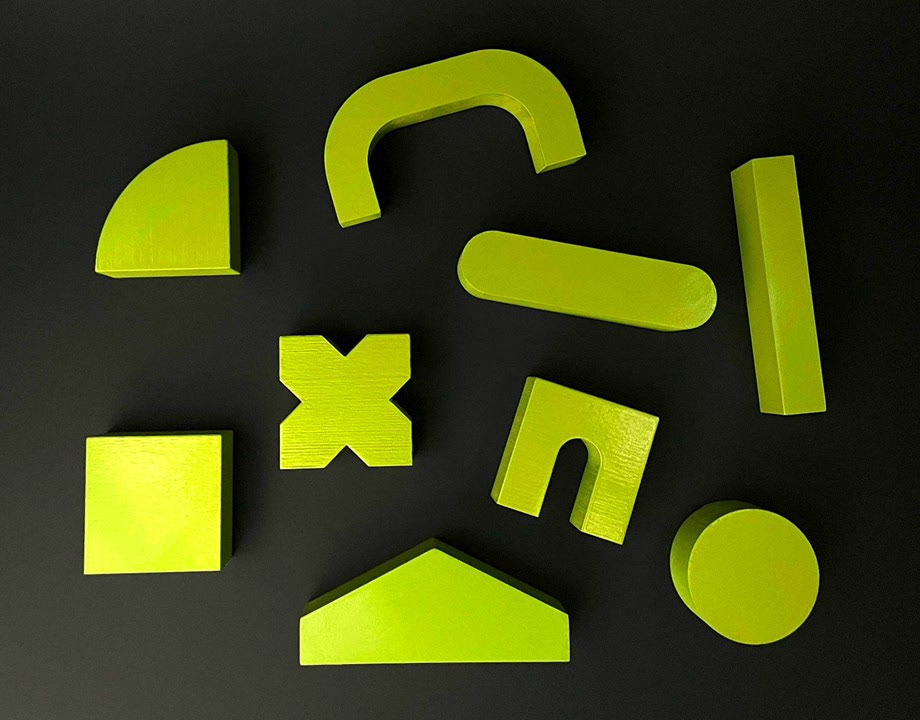YEAR: 2020
LOCATION: United States and Mexico
STUDIO: Wild and Domestic | Students were asked to create a dwelling for humans and an animal of their choice
Project Summary: This project focuses on the relationship between humans and monarch butterflies, posing both in a nomadic context in order to mutually improve their lives. In doing so, it challenges why architecture must always be considered static and proposes a nomadic infrastructure to support the movement and migration of humans and butterflies. In creating this series of nomadic spaces, we can begin to imagine a new kind of civilization that is open to inevitable change and more connected with the natural world.
Architecture must be understood as a process rather than the physical product. Western concepts of architecture have produced a flawed linear view of civilization. This view presents progression from primitive and nomadic to an advanced state of settlers. Such views have been used to justify altering the natural environment beyond recognition, displacing nomadic human and animal societies, and privileging technological solutions over natural processes. To liberate architecture from its complicity in reinforcing this sedentary hierarchy, the built environment must possess qualities of temporality, dynamism, portability, and collaboration.
This project focuses on the relationship between humans and monarch butterflies, posing both in a nomadic context in order to mutually improve their lives. In doing so, it challenges why architecture must always be considered static and proposes a nomadic infrastructure to support the movement and migration of humans and butterflies. The return to nomadism was inspired by monarch butterflies, which make an incredible 3000 mile journey every year. They have become endangered in recent years due to a lack of resources, namely milkweed. Humans are the culprit, continuously expanding without limitations.
Through changes in technology, program, and culture, buildings inevitably become obsolete and unsustainable. Here, however, the concept of dwelling is broken apart and made available to the public. Ephemeral structures are scattered across cities, inviting temporary use. This constant reevaluation of space allows opportunities for innovation, experimentation, and adaptability. Instead of constructing more ‘monument buildings,’ a network of small-scale, flexible structures is put in place to encourage nomadism.
Although the idea of returning to our nomadic roots seems radical, it is already beginning to happen within cities. This can be seen in the proliferation and success of capsule hotels and temporary stays like AirBnB. There are movements within cities to shut down streets and reintroduce a more active pedestrian life. Now, in the midst of a pandemic, restaurants and businesses are looking for more ways to be outside. This project takes these ideas one step further by providing for multiple needs in a series of connected spaces, amplifying the existing condition in cities.
Each dwelling is made up of a few lightweight, modular elements. By using fiberglass, the spaces can easily be constructed without heavy equipment and just as easily moved or altered. They can become public living rooms, teaching kitchens, restrooms, outdoor café seating, etc. For further customization, individual structures receive a unique patterning based on local folk art. This creates a localized identity for the humans, while acting as a beacon for monarch butterflies.
In creating this series of nomadic spaces, we can begin to imagine a new kind of civilization that is open to inevitable change and more connected with the natural world.
